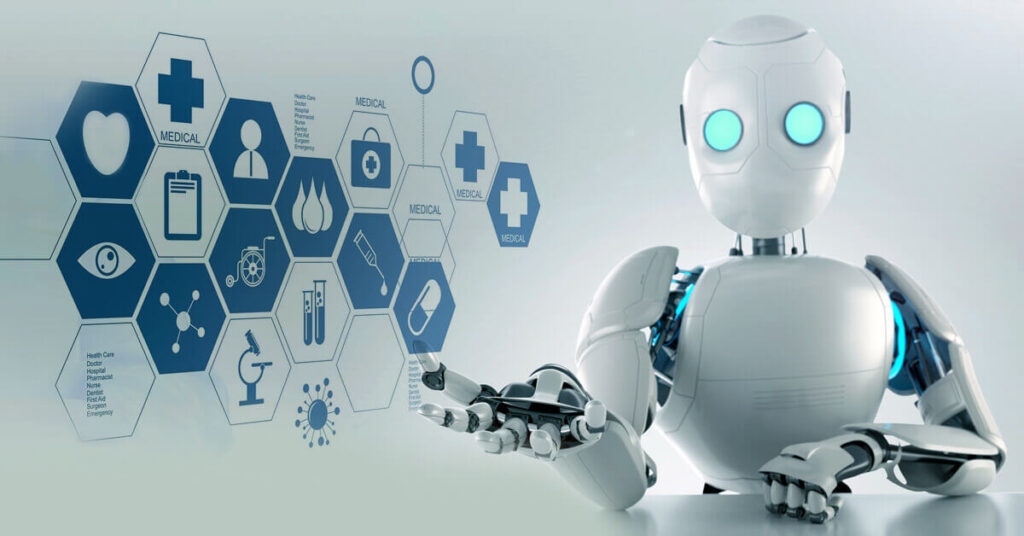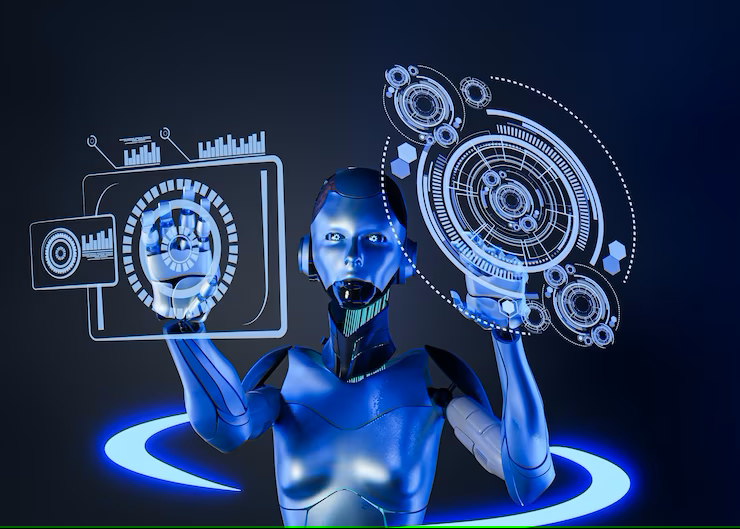Introduction
In recent years, the field of robotics has made significant advancements, and its integration into healthcare has been transformative. From surgical procedures to rehabilitation therapies, robotics has revolutionized the way we approach medical treatments. By combining the precision and dexterity of machines with the expertise of healthcare professionals, robotics offers immense potential to enhance patient outcomes and revolutionize healthcare practices. In this blog post, we will explore the role of robotics in healthcare, specifically focusing on its innovations in surgery and rehabilitation.
Robotics in Surgery
a. Surgical Precision and Accuracy
One of the key advantages of robotics in surgery is its ability to provide enhanced precision and accuracy. Robotic surgical systems, such as the da Vinci Surgical System, enable surgeons to perform complex procedures with increased control and precision. These systems utilize miniature instruments controlled by the surgeon, offering greater maneuverability and dexterity than traditional laparoscopic tools. As a result, surgeries conducted with robotic assistance often result in smaller incisions, reduced blood loss, and faster recovery times for patients.
b. Minimally Invasive Procedures
Robotics has also played a vital role in advancing minimally invasive procedures. By utilizing robotic systems, surgeons can perform surgeries through small incisions, reducing trauma to the patient’s body. The robotic arms can navigate tight spaces with greater ease, offering improved access to intricate anatomical areas. This approach leads to decreased post-operative pain, minimized scarring, and shorter hospital stays, contributing to improved patient experiences.
c. Telesurgery and Remote Surgery
Another remarkable application of robotics in surgery is the concept of telesurgery or remote surgery. With this technology, skilled surgeons can perform procedures on patients who are located at a remote location. The surgeon controls the robotic system from a console, receiving real-time feedback and high-resolution visuals of the patient’s anatomy. Telesurgery has the potential to bring specialized surgical expertise to underserved areas, allowing patients in remote regions to receive the same quality of care as those in urban centers.
Robotics in Rehabilitation
a. Assisting Physical Therapy
Robotics has proven to be a valuable tool in the field of rehabilitation. Advanced robotic exoskeletons and orthotic devices are designed to assist patients in their recovery from injuries or neurological conditions. These devices can provide targeted and controlled assistance to help patients regain their mobility and improve their motor functions. By supporting patients during physical therapy sessions, robotics offers personalized and intensive rehabilitation programs, leading to enhanced recovery outcomes.
b. Stroke Rehabilitation
Stroke is a leading cause of disability worldwide, often resulting in partial paralysis and loss of motor functions. Robotic devices, such as robotic exoskeletons and robotic limbs, are utilized in stroke rehabilitation to promote motor recovery. These devices enable patients to engage in repetitive movements and exercises with proper support and guidance, stimulating neuroplasticity and retraining the brain. Robotic rehabilitation devices provide objective measurements and real-time feedback, enabling healthcare professionals to tailor treatment plans for each patient’s specific needs.
c. Prosthetics and Assistive Devices
Advancements in robotics have also significantly impacted the field of prosthetics and assistive devices. Robotic prosthetic limbs offer enhanced functionality and natural movement to individuals with limb loss or limb differences. Through the integration of sensors and sophisticated control algorithms, these prosthetic limbs can mimic human movement and respond to the user’s intentions. This technology not only improves the quality of life for individuals with limb loss but also enhances their independence and ability to engage in daily activities.
Benefits of Robotics in Healthcare
a. Reduced Risk and Increased Safety
Robotic systems provide an added layer of safety during surgical procedures. With the use of robotic arms, surgeons can perform delicate maneuvers with greater stability and control, minimizing the risk of human error. Additionally, robotic-assisted surgeries often result in reduced complications, such as infections and post-operative complications, leading to improved patient safety.
b. Enhanced Training and Skill Development
Robotic systems in healthcare offer an opportunity for surgeons and healthcare professionals to enhance their skills through simulation and training. Surgeons can practice complex procedures in a virtual environment, allowing them to gain proficiency and confidence before performing them on actual patients. Robotics also enables remote mentoring, where experienced surgeons can guide and train less-experienced colleagues during procedures, improving overall surgical expertise.
c. Data-Driven Insights and Research
Robotics in healthcare generates vast amounts of data during surgical procedures and rehabilitation sessions. This data can be analyzed to extract valuable insights and patterns that can contribute to medical research and innovation. By studying the outcomes and performance metrics of robotic-assisted procedures, healthcare providers can refine techniques, optimize protocols, and advance the field of medicine.
Overcoming Challenges and Future Directions
a. Cost Considerations
One of the challenges associated with robotics in healthcare is the cost of implementation and maintenance. Robotic systems often come with a significant financial investment, making them less accessible to some healthcare institutions. However, as the technology continues to evolve and become more widespread, it is expected that costs will decrease, making robotics more affordable and accessible.
b. Ethical and Legal Implications
As robotics becomes more integrated into healthcare, ethical and legal considerations arise. Questions surrounding patient privacy, liability, and the role of autonomous robots in decision-making need to be addressed. Establishing clear guidelines and regulations will be essential to ensure the responsible and ethical use of robotics in healthcare.
c. Advancements in Artificial Intelligence
The future of robotics in healthcare lies in the integration of artificial intelligence (AI) capabilities. By combining robotics with AI algorithms, robotic systems can adapt and learn from patient data, improving their precision and decision-making abilities. AI can assist in real-time monitoring, predictive analytics, and personalized treatment plans, further enhancing patient outcomes.
Conclusion
The role of robotics in healthcare, particularly in surgery and rehabilitation, continues to expand and transform the way medical treatments are delivered. With advancements in surgical precision, minimally invasive procedures, and rehabilitation therapies, robotics offers numerous benefits such as improved patient outcomes, reduced risks, and enhanced training opportunities for healthcare professionals. As robotics technology evolves and becomes more accessible, we can expect to witness further innovations and advancements in the field, revolutionizing healthcare practices and ultimately improving the lives of patients.












